The best smelling plants to have in your garden (and the ones to avoid)
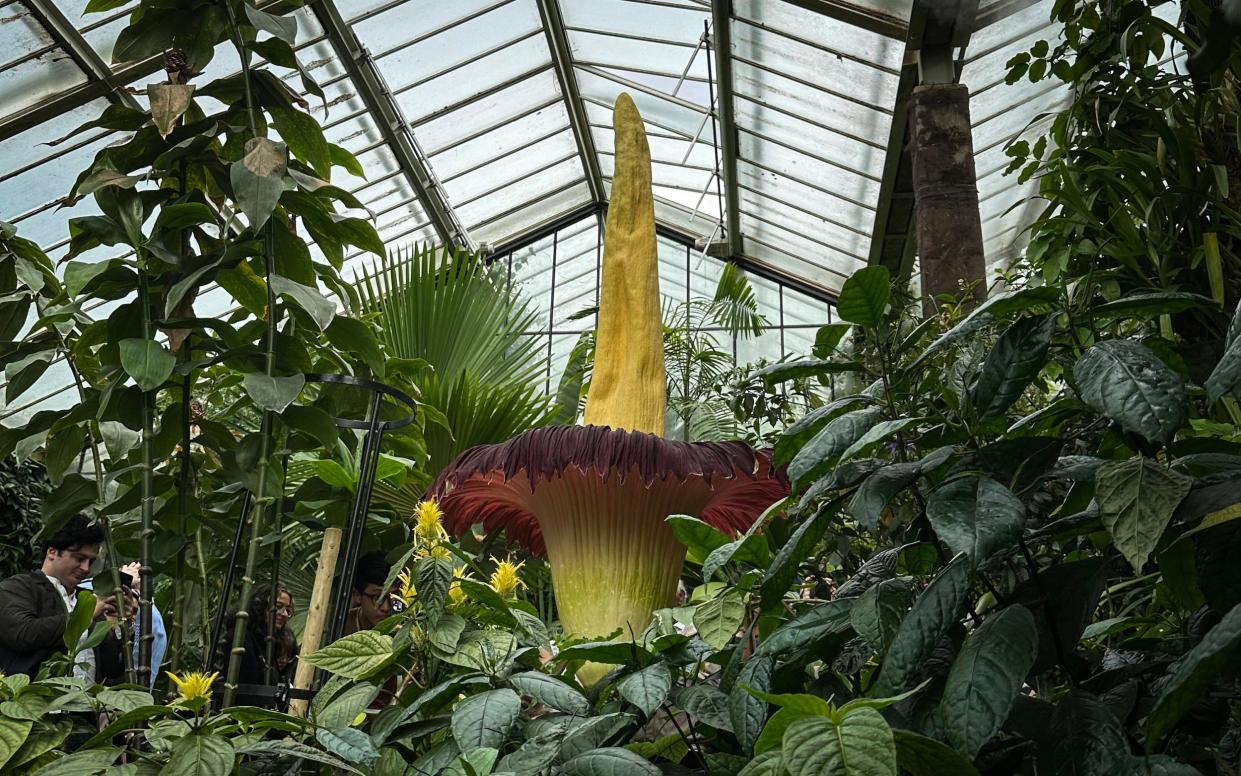
Having spent many years trying to master the art of creating a garden that’s full of heady, sweet scents, particularly during the month of June, I worry that I’m slightly behind the curve in our recent obsession for the more obscure and nauseating odours that are created by certain plants. If the thousands of visitors to Kew Gardens to see the magnificent Titan Arum in flower are anything to go by, do we need to broaden our nasal palette?
Botanically known as Amorphophallus titanium, this plant is celebrated as being one of the smelliest on earth, and when in full flower it replicates the smell of rotten flesh; it is known commonly (and accurately) as the corpse flower. The rationale behind producing this odour is to attract pollinators to help the plant reproduce itself, those pollinators being tricked in the hope of finding their usual quarry of rotting flesh on which they in turn lay their eggs.
This interest in the foul-smelling members of the plant world at Kew is helping to conserve and highlight the plight of these endangered plants; the Titan arum is native to the rainforests of Sumatra, but endangered due to habitat loss.
You don’t necessarily need a large Victorian glasshouse to grow a rancid-smelling plant that you can, dare I say, enjoy at home, avoiding those queues and the trip into the capital. Depending upon your viewpoint and the kind of scents that you wish to create in your gardens, I have suggested a few plants below that deliver a foul, stomach-churning odour; but let’s start with some sweet-smelling plants that can be enjoyed in the early summer in gardens and containers.
Top tip: The siting of scented plants is important, and they are best grown in sheltered areas where the fragrance lingers for longer, or near to a pathway or door so that you can appreciate that scent on a more regular basis.
Sweet-smelling plants to scent your garden
Cytisus battandieri
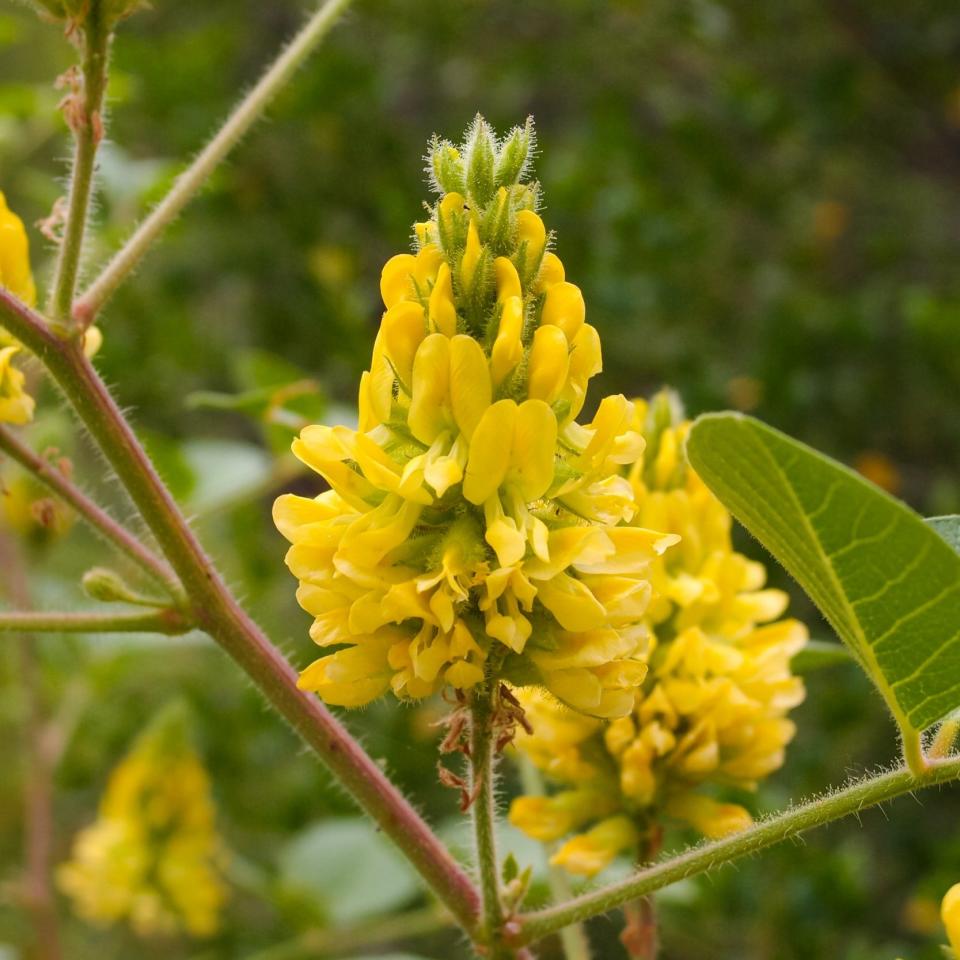
For a sheltered and sunny wall, the pineapple broom has exotic and sweet-smelling yellow flowers in early and mid-summer. Reaching a height of around 5m, this wall shrub needs a fair amount of space.
Syringa vulgaris
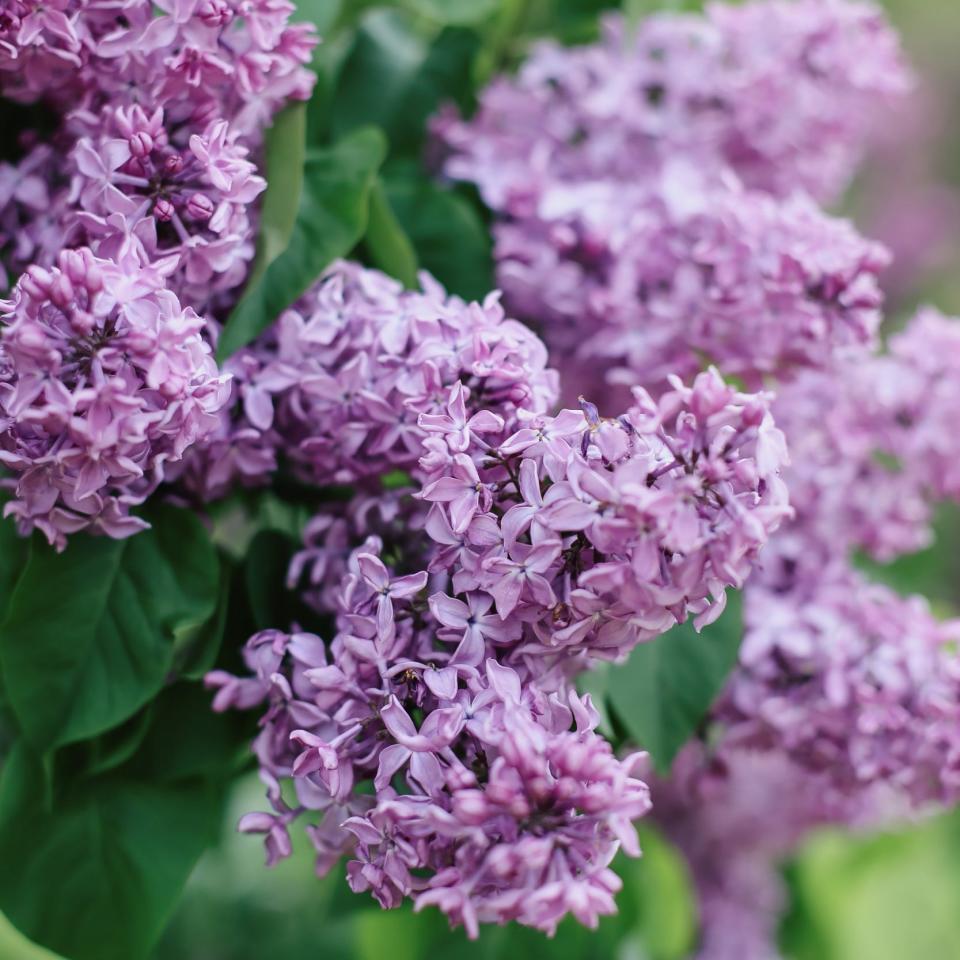
Lilacs can be used either as large shrubs or small trees in a garden, depending on the way you formally prune them when they’re young. In whichever way you choose to grow these shrubs, they deliver a floral spectacle along with that sweet scent, which makes them among the most adored early-summer-flowering shrubs.
Rosa ‘Gertrude Jekyll’

We can’t and shouldn’t talk about scent in the garden in early summer without highlighting roses. It’s knowing where to draw the line when celebrating the virtues of these shrubs when it comes to fragrance. I have tried to be disciplined with myself and consider my desert-island rose, and if I could grow one rose and one rose only, it would be ‘Gertrude Jekyll’ as a shrub or a small climber for its vibrant pink flowers and heady scent.
Trachelospermum jasminoides
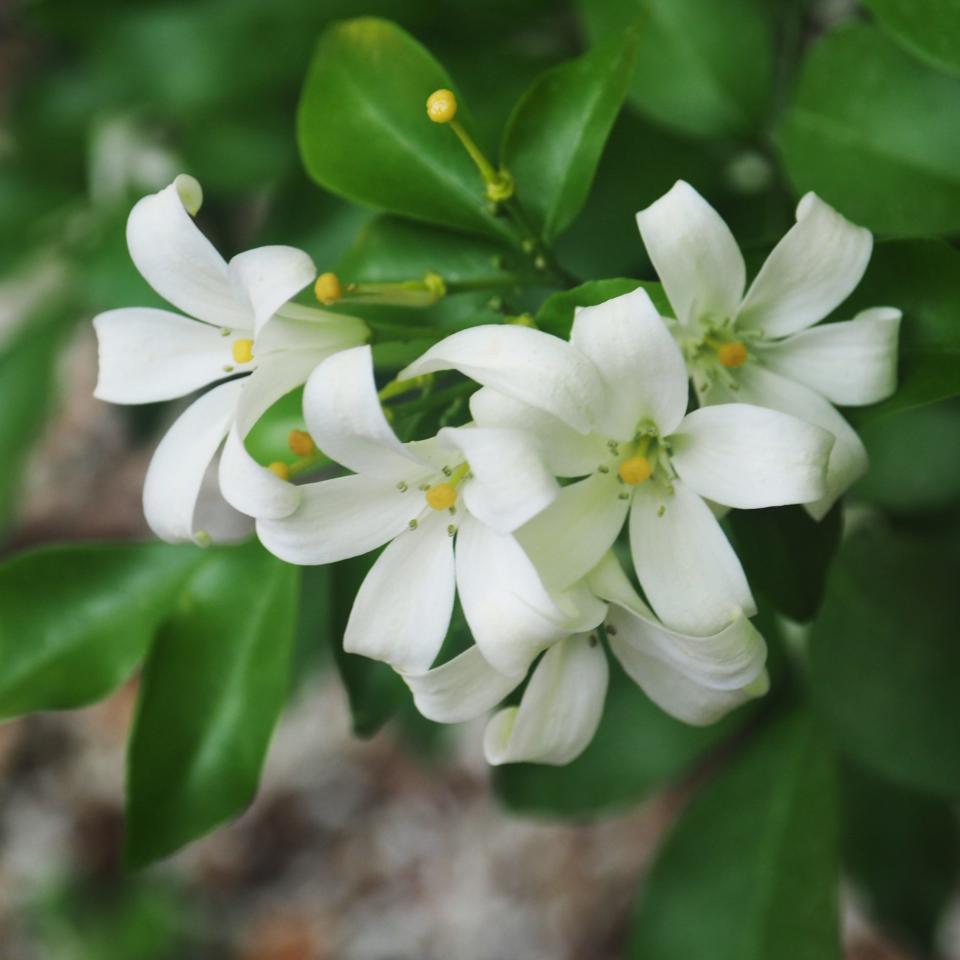
The star Jasmine is an evergreen climber that needs a garden sheltered from cold winds and soil that doesn’t become waterlogged during the winter. Planted in a seating area of your garden, particularly suited to more urban environments, this is one of the most delicious scents which is hard to beat during the evening with something cold in your glass.
Dianthus ‘Gran’s Favourite’
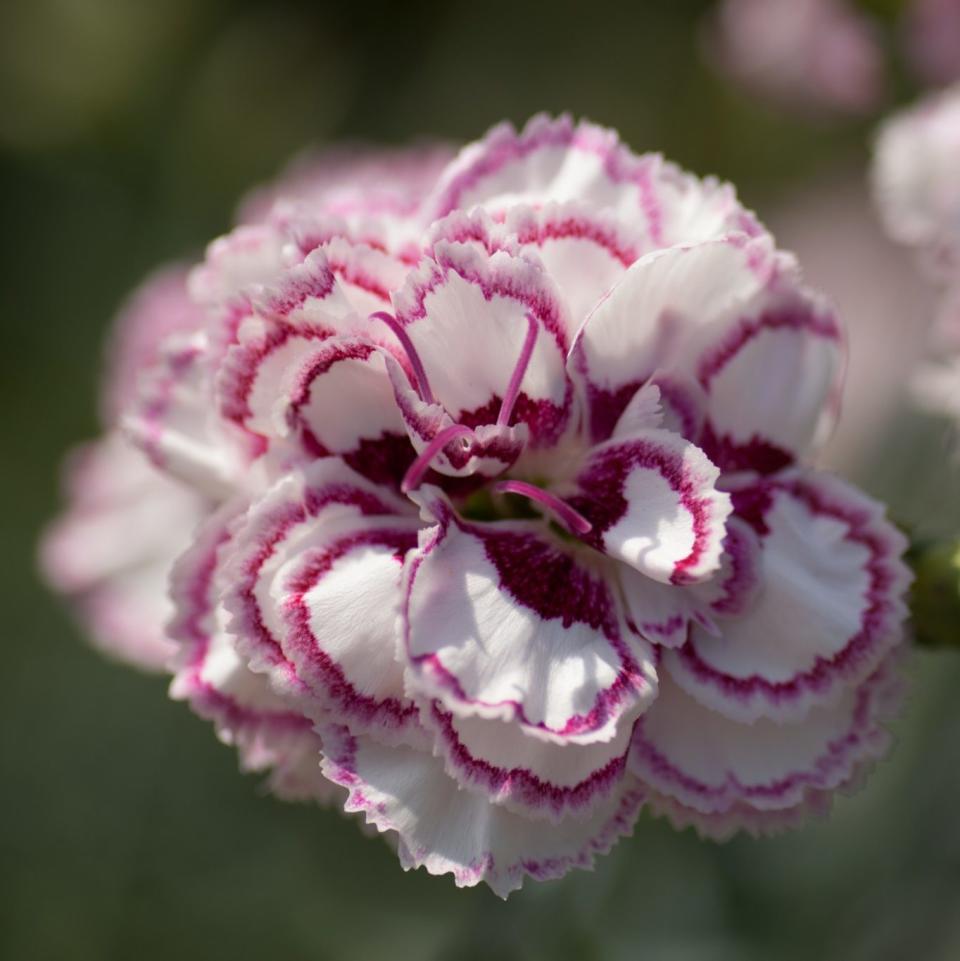
Garden pinks grow incredibly well in a sunny, well-drained spot in the garden, and given those conditions they are relatively easy to please. This is one of my favourite pinks to grow due to its burgundy and white flowers with a clove-like scent that will repeat-flower when deadheaded or cut for a vase in the house.
Sweet peas
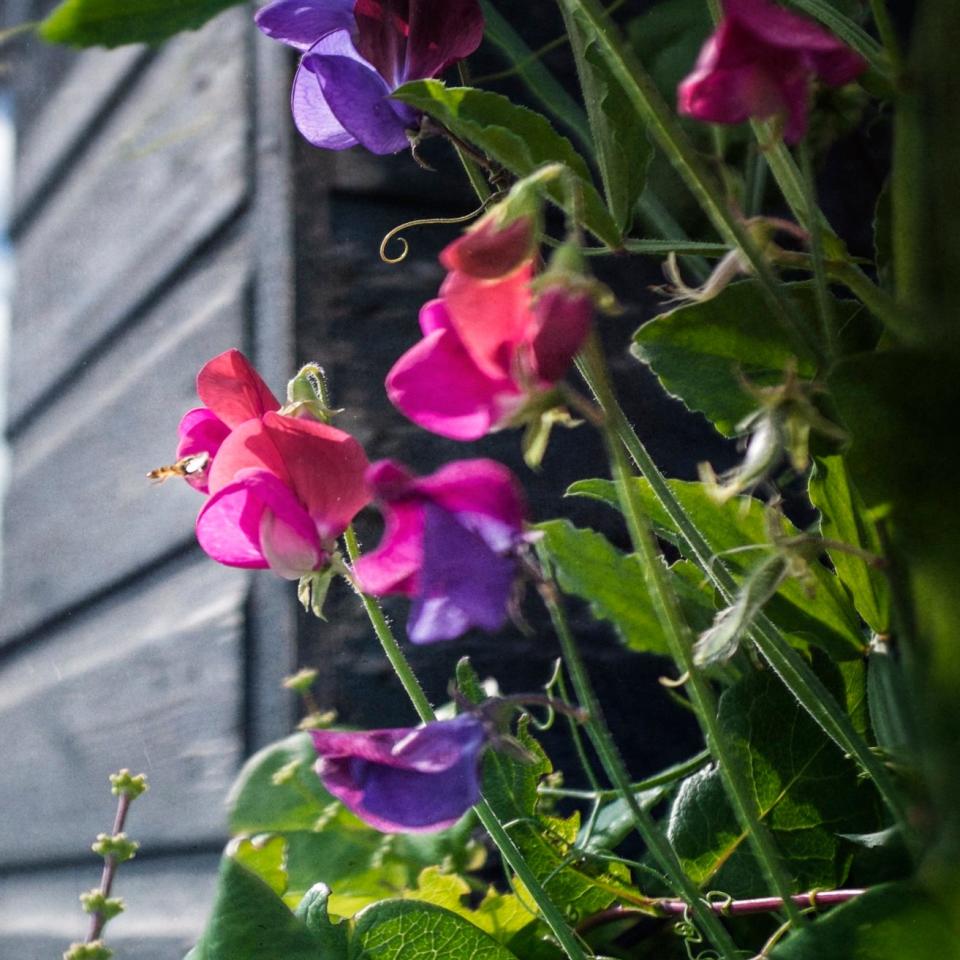
One of the most generous annuals that you can grow from seed, sweet peas produce an intoxicating and nostalgic fragrance that can be enjoyed in your garden or in a vase. For a greater impact, mix a few of the larger-flowered Spencer types with smaller but more powerfully scented older varieties.
Nicotiana sylvestris

A large tobacco plant that can reach a height of 1.5m, with impressive white trumpet-like flowers that emit a sweet scent, particularly potent in the evening in order to attract night-flying pollinators to its blooms.
Foul-smelling plants that you might want to avoid
Limonium platyphyllum
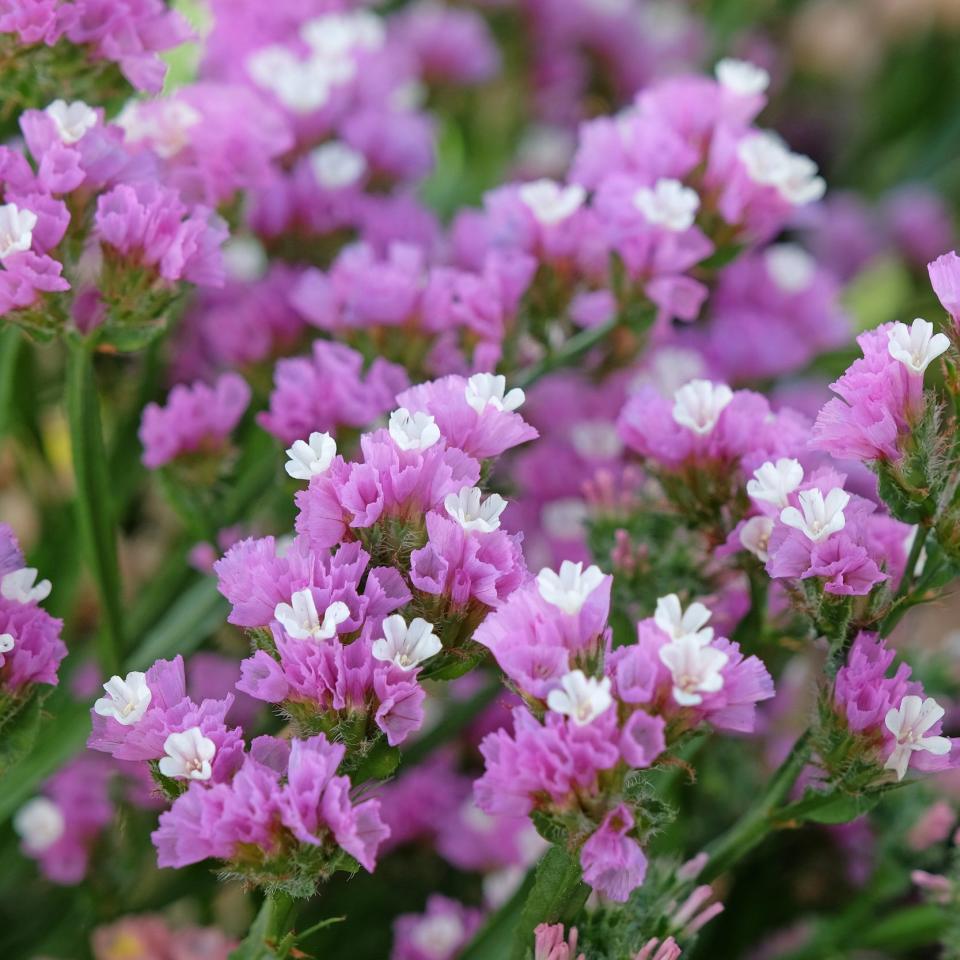
Known as sea lavender and a very useful dried flower, this herbaceous perennial gives off an odour in the summer that always makes me assume that there is a dead animal in the border.
Fritillaria imperialis
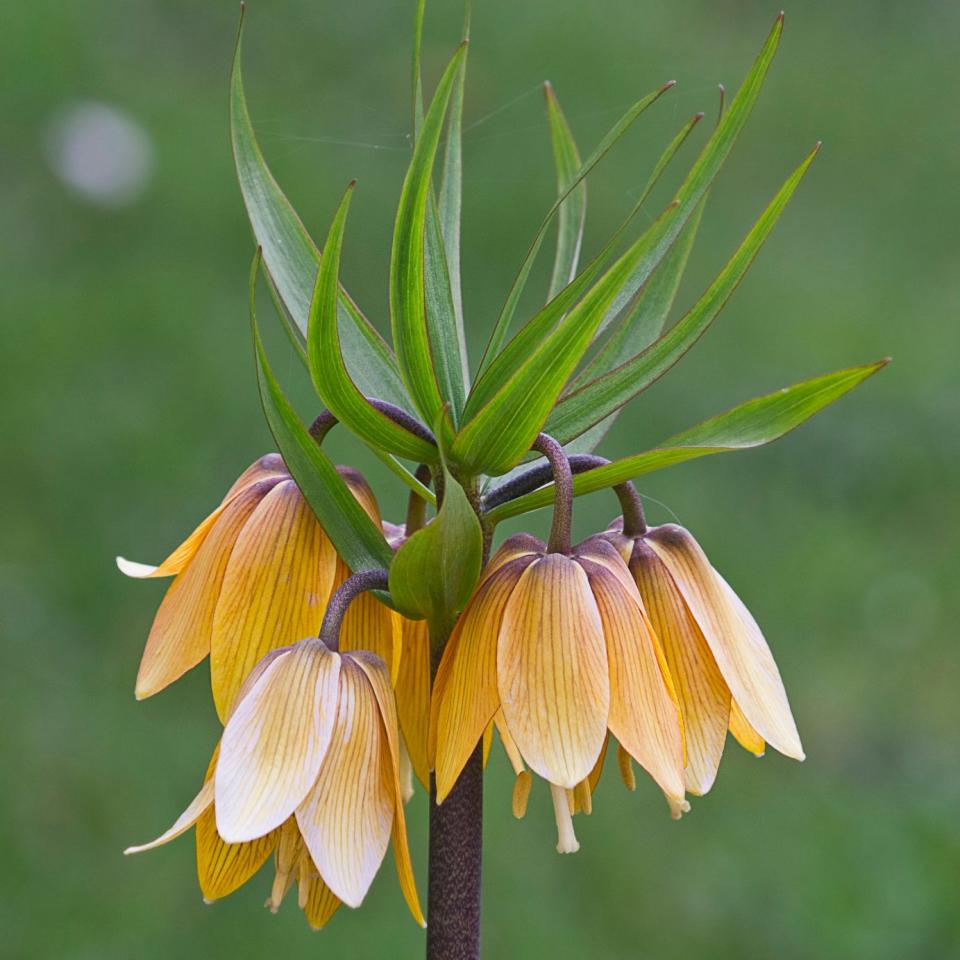
Crown imperials can be wonderfully dramatic during the late spring. As a member of the lily family, it has clusters of orange and yellow flowers that appear on the tops of tall stems, which sadly have an unpleasant, sulphur-like smell.
Ginkgo biloba
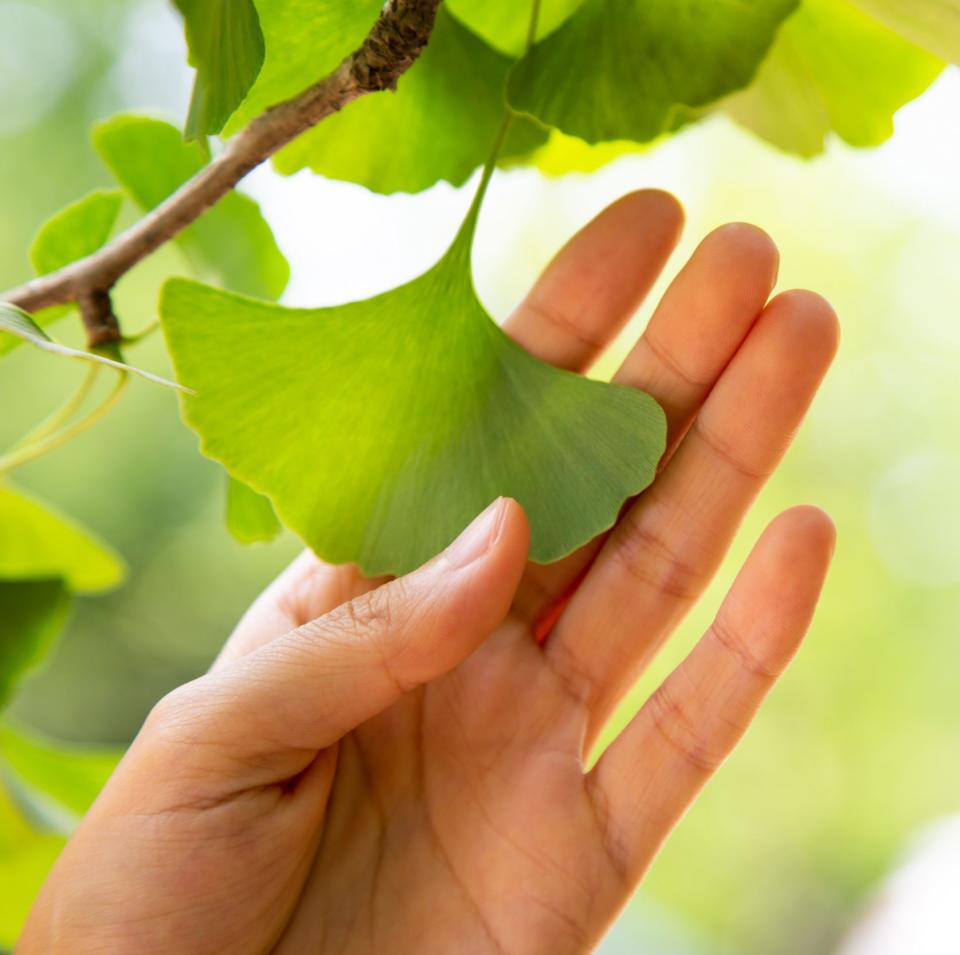
A mature ginkgo tree makes a magnificent specimen with those butter yellow leaves in the autumn. The danger comes if you mistakenly plant a female ginkgo tree instead of a male, as the fruit that is produced has an acidic-like smell. What’s more, those fruits can become slippery on hard surfaces, making it a double threat.
Valeriana officinalis
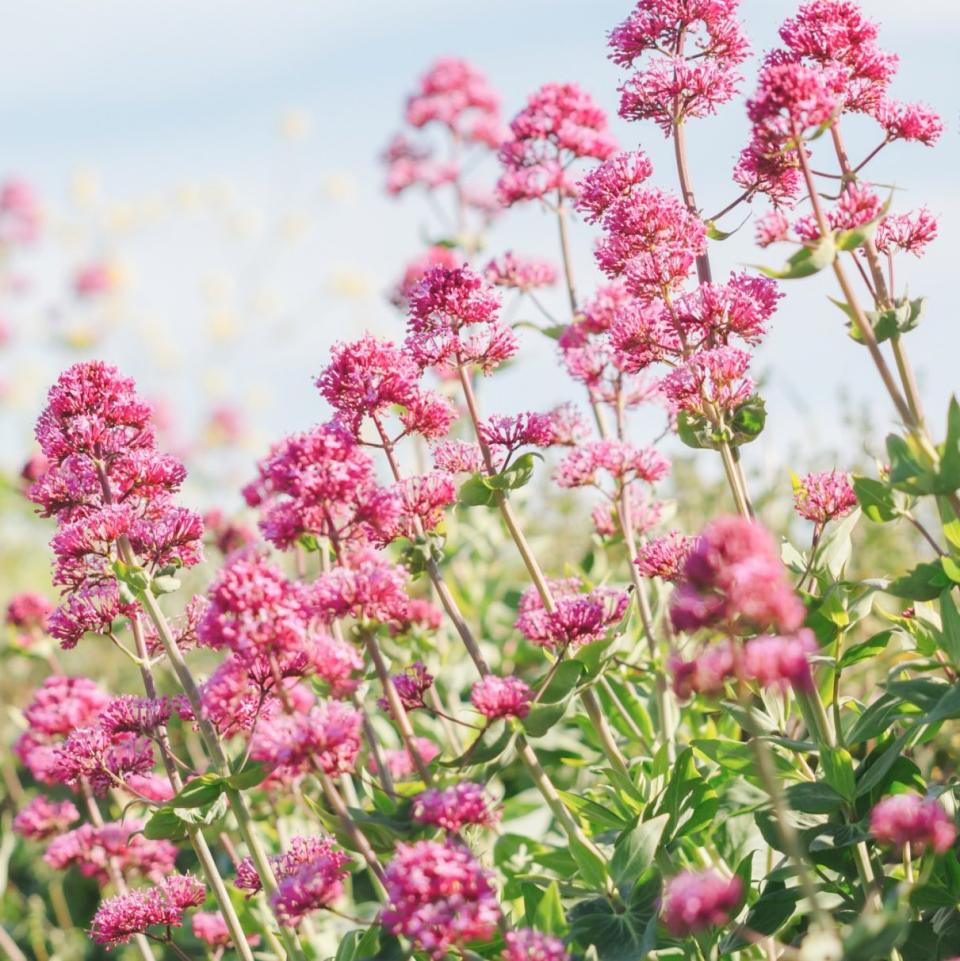
Wonderfully decorative, with a cottage-garden appeal, these pale pink flowers can emit a rather unpleasant and sour smell which some liken to dirty laundry.
Tulbaghia violacea
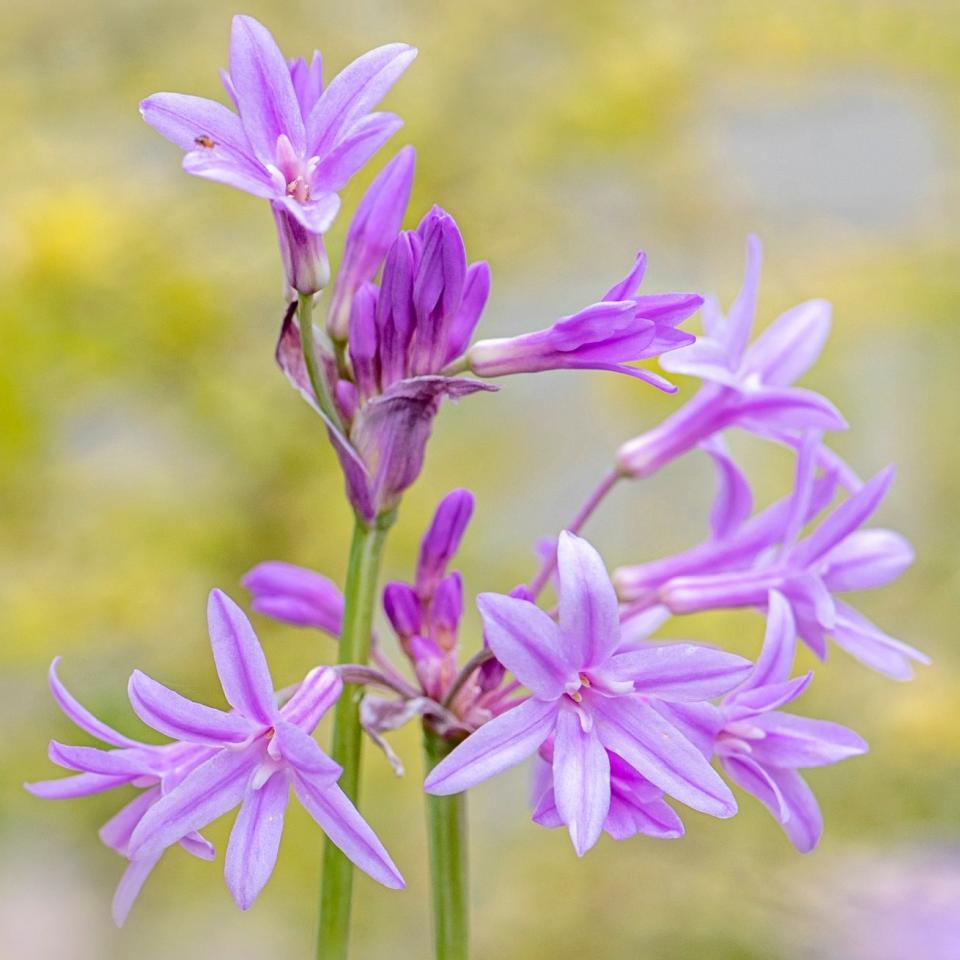
Also known as society garlic, this plant can be forgiven for producing scores of purple flowers during the height of the summer, but that balmy heat also intensifies the garlicky odour, especially after a summer rain shower.

